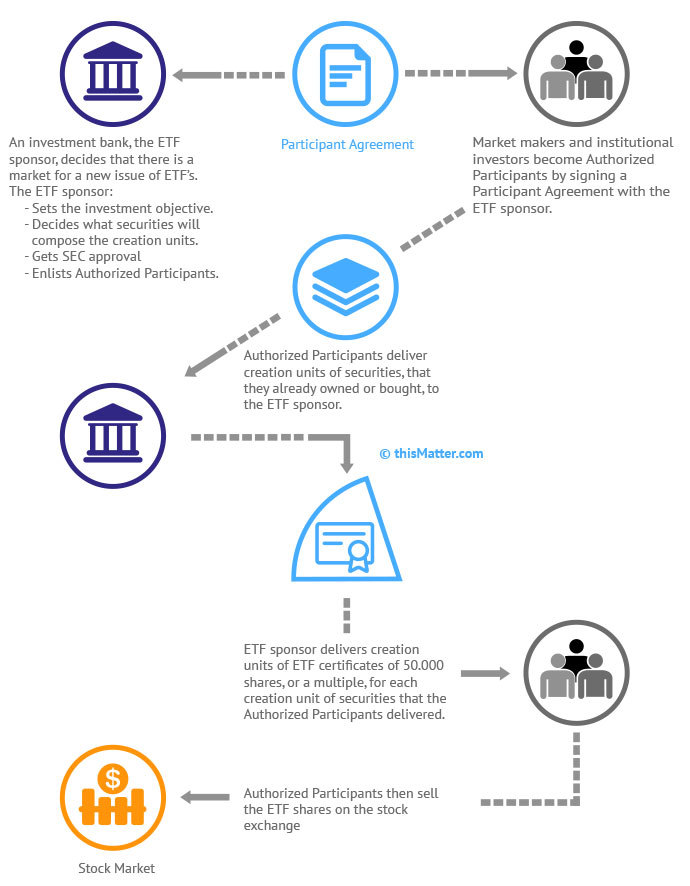Difference in legal structure between a mutual fund and an ETF
Legal structure of an ETF and Mutual fund – detailed explanation.
Legal Structure of a Mutual Fund:
Both a mutual fund as well as an ETF can vary in terms of their legal structure. Typically two types of mutual funds exist:
- Open-End Funds These funds are a collective investment scheme, which can issue and redeem shares at any time. An investor will generally purchase shares in the fund directly from the fund itself rather than from the existing shareholders.
- Close-End Funds These funds also are a collective investment model, but are called ‘closed’ because a fixed number of shares is issued. Trades happen between existing shareholders of the fund, rather than directly from the fund.
Legal Structure of an ETF:
An ETF will have one of three structures:
- Exchange-Traded Open-End Index Mutual Fund This fund is registered under the Unite States SEC’s Investment Company Act of 1940. Dividends are reinvested on the day of receipt and paid to shareholders in cash every quarter. Securities lending is allowed and derivatives may be used in the fund.
- Exchange-Traded Unit Investment Trust (UITs) Exchange-traded UITs are also governed by the Investment Company Act of 1940, but must attempt to fully replicate their specific indexes. They are limited to investments in a single issue of no more than 25% and set additional weighting limits for diversified and non-diversified funds. UITs do not automatically reinvest dividends, but pay cash dividends quarterly.
- Exchange-Traded Grantor Trust This type of ETF bears a strong resemblance to a closed-ended fund. However, unlike ETFs and closed-end mutual funds, an investor owns the underlying shares in the companies that the ETF is invested in. The composition of the fund does not change; dividends are not reinvested but instead are paid directly to shareholders.
The below figure shows the creating of ETFs:


